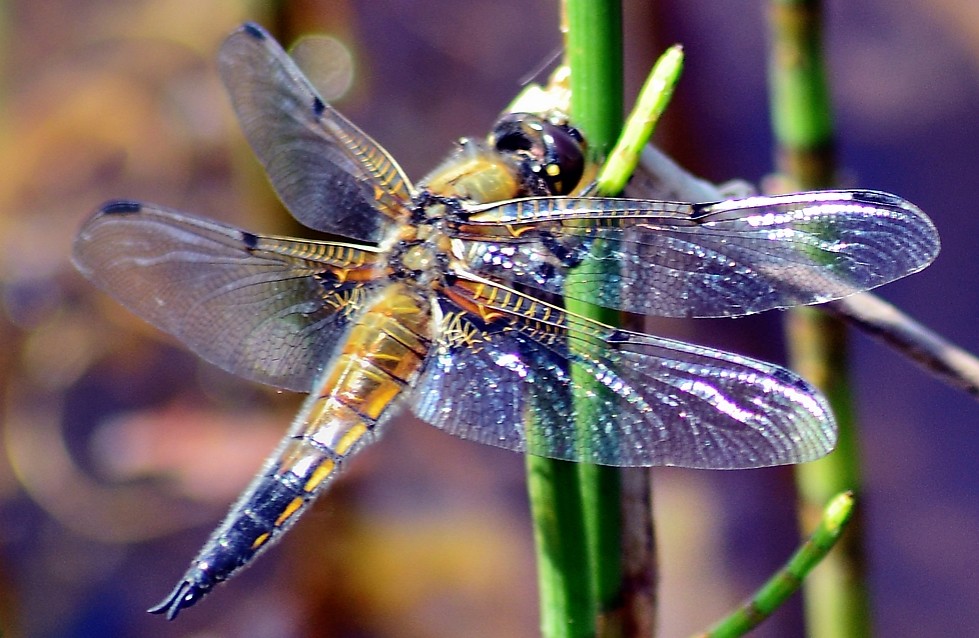In a world obsessed with speed, we often look to the most sophisticated human engineering to find the fastest machines on Earth. Sleek sports cars with their aerodynamic designs and powerful engines dominate conversations about velocity. Yet, hidden in plain sight in our gardens and parks, insects like dragonflies demonstrate astonishing speed capabilities that challenge our perceptions. When scaled relative to size, many insects perform feats of velocity that would leave even the most advanced sports cars in the dust. This fascinating comparison between the natural world and human technology reveals how remarkable insect locomotion truly is, especially when we translate their achievements into human terms. Let’s explore how these tiny aerial acrobats stack up against our mechanical marvels and what makes their speed so impressive.
The Raw Speed of Dragonflies
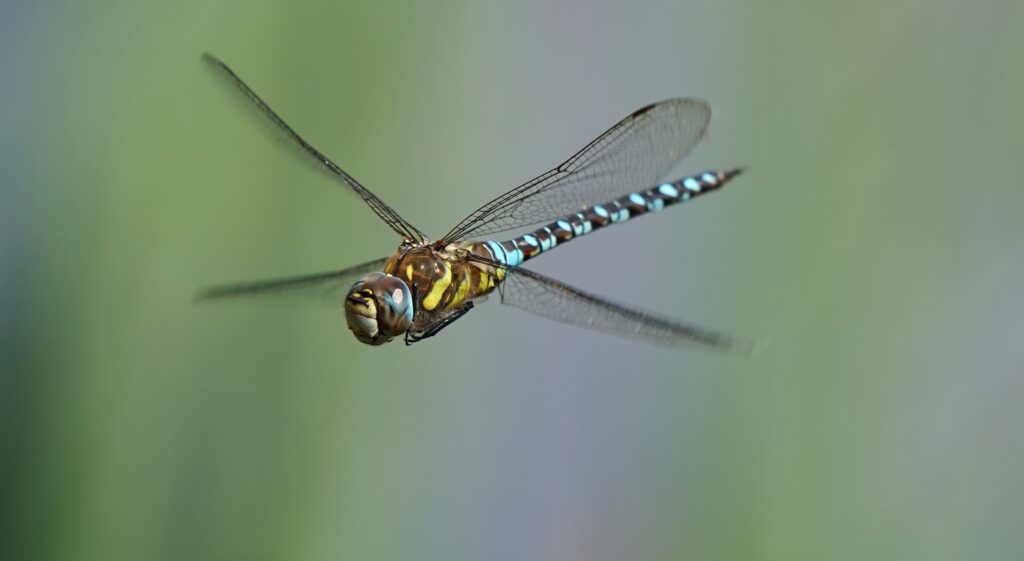
Dragonflies are among the fastest insects on Earth, capable of reaching speeds of 30-35 mph (48-56 km/h) during normal flight. When pursuing prey or evading predators, certain species can accelerate to an impressive 60 mph (97 km/h) in short bursts. These ancient insects, which have existed for over 300 million years, have evolved to become nature’s perfect aerial hunters with a documented hunting success rate of about 95%. Their four wings can operate independently, allowing them to hover, fly backward, change direction instantaneously, and accelerate with remarkable efficiency that puts human aircraft designs to shame.
Sports Cars: Engineering Speed

Modern sports cars represent the pinnacle of human engineering for speed on land. High-end vehicles like the Bugatti Chiron can reach top speeds of around 261 mph (420 km/h), while more accessible sports cars typically achieve 150-200 mph (241-322 km/h). These machines require massive engines, specialized materials, and complex aerodynamic designs to achieve such velocities. A typical sports car engine might generate anywhere from 300 to over 1,000 horsepower to propel vehicles weighing between 3,000 and 4,000 pounds. The amount of fuel, engineering, and technology required to achieve these speeds stands in stark contrast to the elegant simplicity of insect propulsion.
Relative Speed: The Size Factor
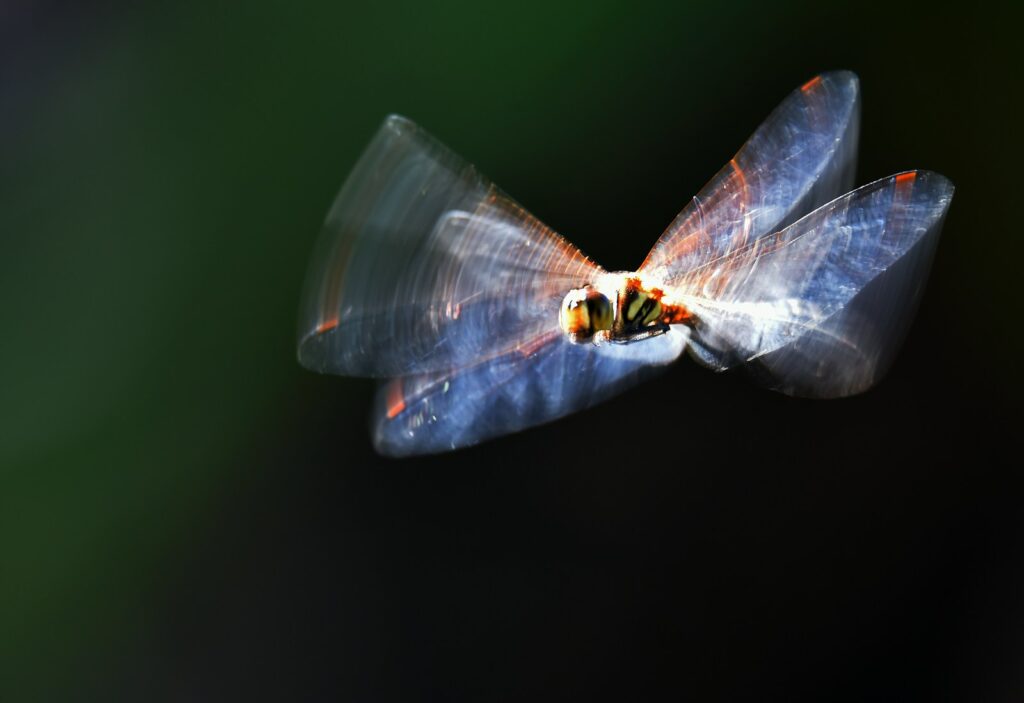
When we discuss speed in relative terms, considering body length per second, insects dramatically outperform any human vehicle. A dragonfly measuring about 2-3 inches (5-7.6 cm) long traveling at 35 mph is moving at roughly 200 body lengths per second. In comparison, a 15-foot sports car moving at 200 mph travels at only about 22 body lengths per second. To match the dragonfly’s relative speed, a sports car would need to travel at an impossible 1,800 mph—more than twice the speed of sound. This perspective reveals how truly remarkable insect locomotion is when scaled to human proportions.
The Mechanics of Dragonfly Flight

Dragonflies achieve their impressive speeds through a flight mechanism far different from human aircraft or vehicles. Each of their four wings can beat independently, controlled by separate muscles that allow for precise maneuverability and speed control. Their wings beat at frequencies between 30-70 times per second, creating complex airflow patterns that generate both lift and thrust simultaneously. The dragonfly’s long, slender body acts as a stabilizer, while its enormous compound eyes—which contain up to 30,000 individual lenses—provide nearly 360-degree vision to navigate at high speeds. This sophisticated biological design has inspired numerous developments in drone technology and aeronautical engineering.
Champion Sprinters: The Fastest Insects
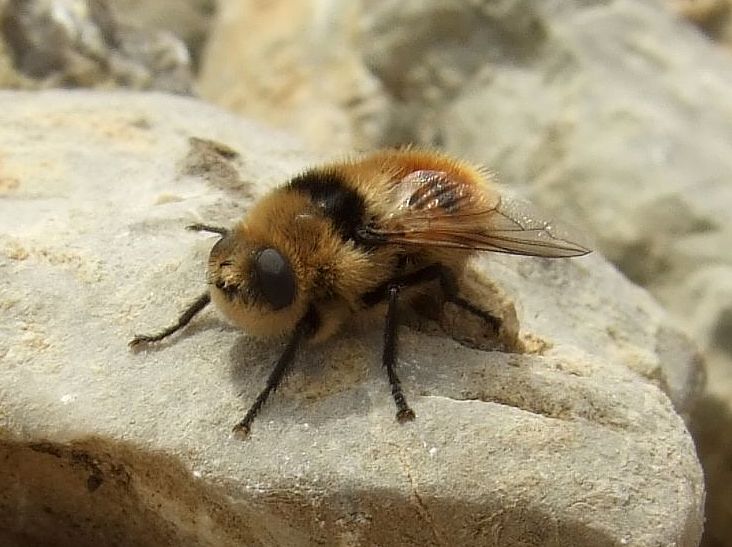
While dragonflies are impressive fliers, they aren’t the fastest insects when measured by raw speed. The Australian tiger beetle can run at speeds of 5.6 mph (9 km/h), which seems modest until you realize this equates to 171 body lengths per second—equivalent to a human running at 700 mph. The desert locust achieves flights of 21 mph (33.8 km/h), and some horse flies have been recorded at speeds up to 90 mph (145 km/h), though these measurements remain somewhat controversial among entomologists. Perhaps most impressive is the common deer botfly, which has been clocked at an astonishing 40 mph (64 km/h) while weighing just 1/15,000th of a pound, making it potentially the fastest flying insect relative to its size.
Energy Efficiency: Nature vs. Machine
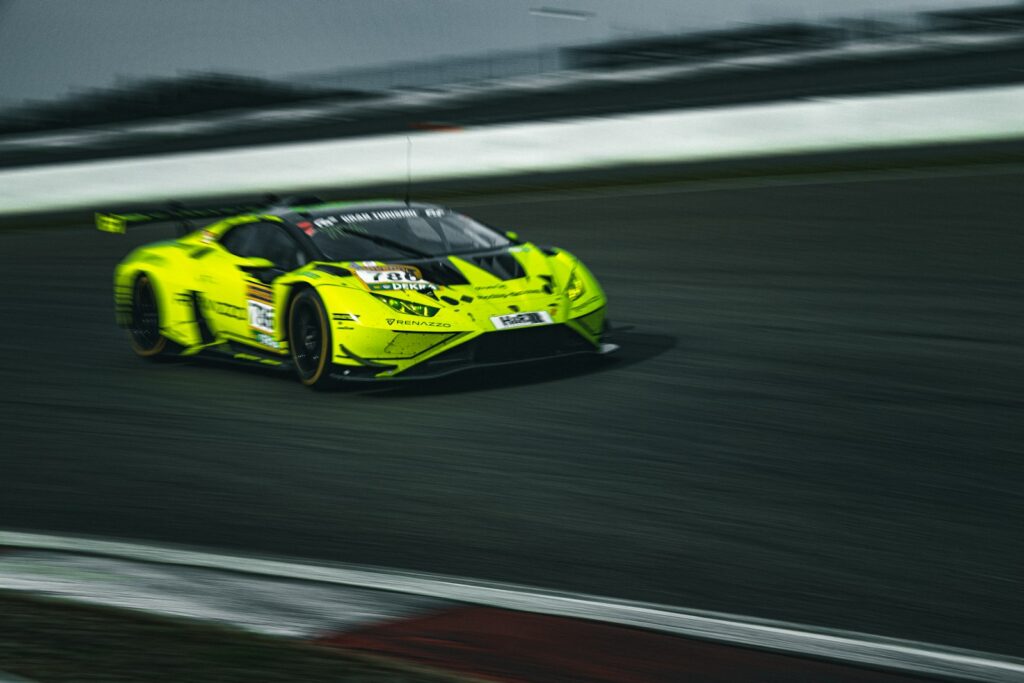
The energy efficiency comparison between insects and sports cars reveals an even more dramatic contrast than speed alone. A dragonfly achieves its remarkable velocity using minuscule amounts of energy derived from consuming other insects, operating on mere calories per day. In contrast, a sports car burning through a tank of premium gasoline might consume the energy equivalent of weeks or months of human food intake in just minutes of high-speed driving. The dragonfly’s flight muscles convert nearly 85% of energy input into mechanical energy, far surpassing the roughly 25-30% efficiency of even the most advanced internal combustion engines. Nature’s designs have been refined over millions of years of evolution to maximize performance while minimizing energy expenditure—a balance human engineering is still striving to achieve.
Acceleration Capabilities
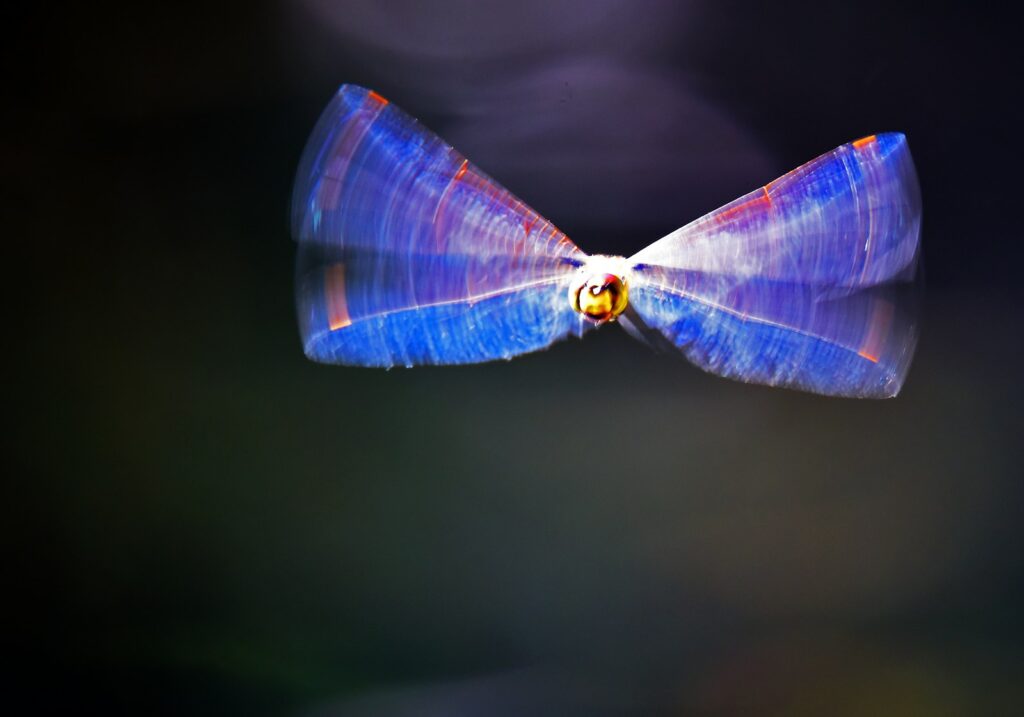
When it comes to acceleration, insects again demonstrate remarkable capabilities that would translate to extraordinary performance in human terms. A dragonfly can accelerate from hovering to maximum speed in fractions of a second, achieving full velocity in less than 50 milliseconds in some cases. This rapid acceleration would be equivalent to a car going from 0 to 60 mph in approximately 0.05 seconds, compared to the 2-3 seconds achieved by today’s fastest production cars. The fruit fly, despite its tiny size, can change direction in less than 1/100th of a second, executing turns that would subject a human pilot to fatal g-forces. These acceleration capabilities stem from insects’ exceptional power-to-weight ratios and specialized neuromuscular systems that can respond and react far faster than vertebrate muscles.
Maneuverability: Beyond Straight-Line Speed
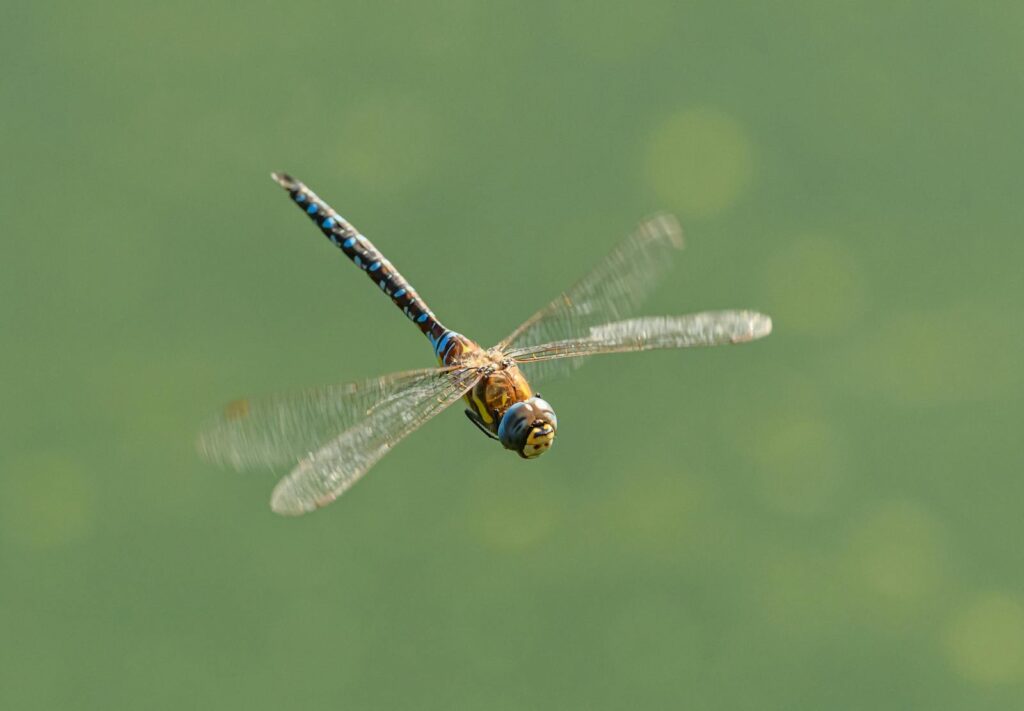
While straight-line speed makes for simple comparisons, the true marvel of insect locomotion lies in maneuverability. Dragonflies can stop instantly, hover perfectly still, fly backward, and change direction in milliseconds—all while maintaining precise control. A sports car, constrained by the physics of momentum and traction, requires significant distance to stop from high speeds and can only change direction within the limits of tire grip and suspension design. The house fly can execute up to 30 directional changes per second during evasive flight, a capability no wheeled vehicle could ever match. This extraordinary maneuverability results from insects’ distributed nervous systems, which can process sensory information and execute motor responses with minimal central brain involvement, creating reaction times that seem instantaneous to human observers.
The Physics Behind Insect Speed
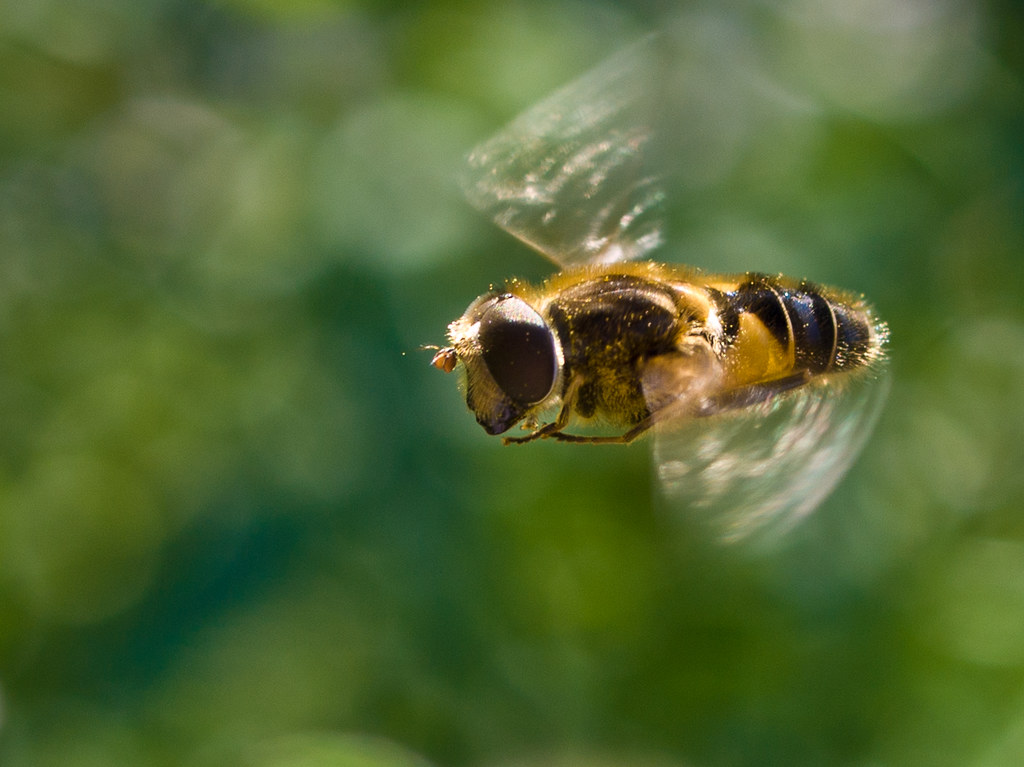
The physics that govern insect locomotion differ fundamentally from those that limit human vehicles. As objects decrease in size, the relative influence of air resistance changes dramatically. Insects operate in a fluid dynamics regime where air feels much thicker and more viscous relative to their size—similar to how humans would experience moving through honey. Despite this challenge, insects have evolved mechanisms to generate extraordinary propulsive forces relative to their mass. The square-cube law works in their favor: as an object decreases in size, its mass decreases as a cube of its linear dimension, while surface area decreases only as a square, giving smaller creatures inherently better power-to-weight ratios. Additionally, an insect’s exoskeleton provides structural support while weighing far less proportionally than the metal chassis and safety structures required in high-speed vehicles.
Biological Advantages: Muscle Power

Insect muscles differ fundamentally from both mammalian muscles and mechanical engines, giving them unique performance advantages for high-speed movement. The flight muscles in many insects, including dragonflies, are among the most metabolically active tissues known in the animal kingdom, capable of contracting at frequencies that would cause mammalian muscle to fail. Some insects utilize asynchronous flight muscles that can contract multiple times from a single nerve impulse, allowing wing beat frequencies far exceeding what their nervous system could directly control. Dragonflies possess direct flight muscles that attach directly to their wings, providing precise control for their aerial acrobatics. Their muscle tissue can generate up to 16 watts of power per gram of muscle mass—several times greater than the most powerful human athletes and proportionally far exceeding any combustion engine when scaled for size.
Sensory Systems: Navigating at Speed
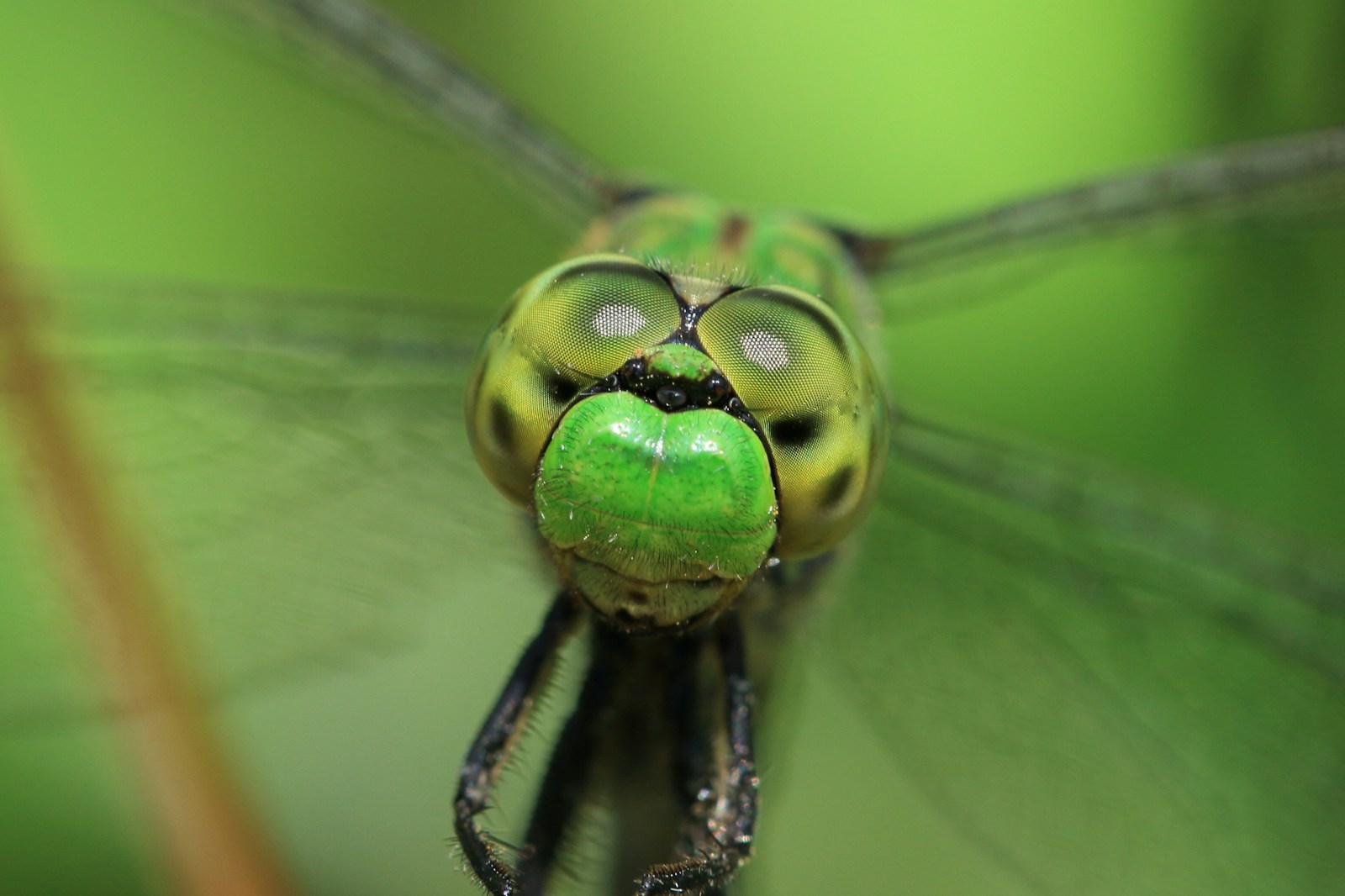
The ability to perceive and process information at high speeds is crucial for any fast-moving entity, and insects possess sensory systems specifically adapted for rapid flight. Dragonfly compound eyes can process visual information at the equivalent of 200 “frames” per second, compared to the human eye’s approximate 60 frames per second. This higher temporal resolution allows them to perceive movement that would appear as a blur to humans. Their visual systems also contain specialized neurons that react specifically to small, moving objects, allowing them to track prey while flying at full speed. In addition to vision, insects utilize sensory hairs that detect air movement and pressure changes, providing instant feedback about their flight dynamics. These multiple, redundant sensory systems enable insects to navigate complex environments at speeds that would require sophisticated radar and computer systems in human vehicles.
Biomimicry: Learning from Insect Speed
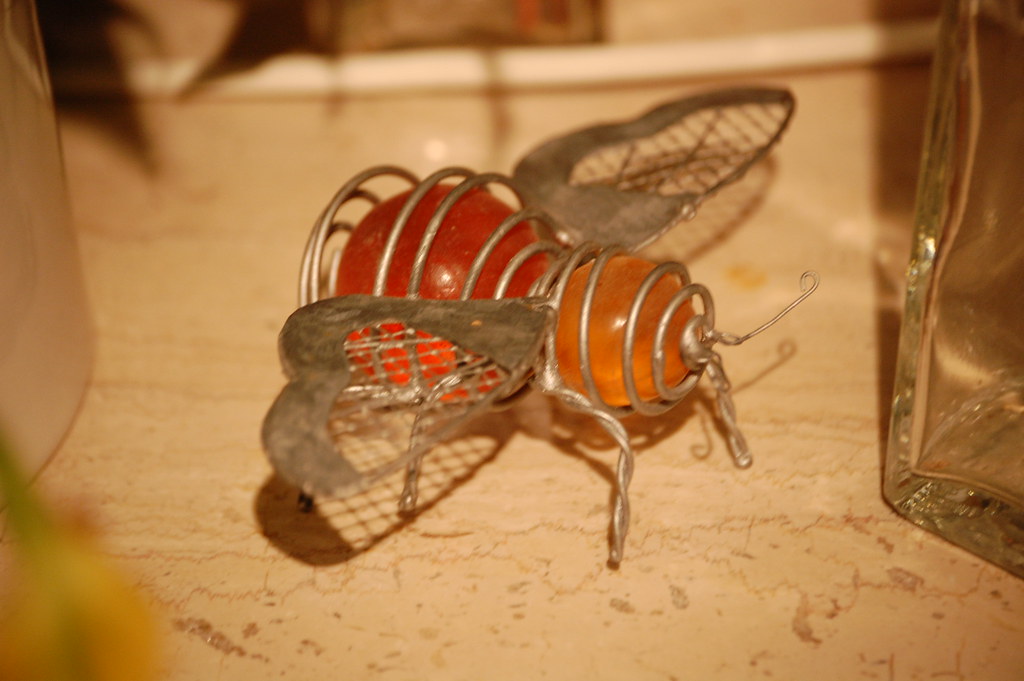
The remarkable locomotion capabilities of insects have not gone unnoticed by human engineers, who increasingly look to nature for design inspiration. The field of biomimicry has drawn significant lessons from dragonfly flight mechanics, influencing everything from helicopter blade design to micro-air vehicles. Research teams at universities like Harvard and Berkeley have developed robotic insects that mimic the wing movements and control systems of their biological counterparts. Formula 1 racing teams have studied the aerodynamics of certain flying insects to improve vehicle handling at high speeds. Perhaps most promisingly, the energy efficiency of insect locomotion has inspired new approaches to electric motors and propulsion systems that could eventually revolutionize human transportation. As our understanding of the complex fluid dynamics and neurological control systems of insects deepens, we continue to find new applications for these ancient, time-tested designs.
The Human Perspective: Experiencing Insect Speed

To truly appreciate insect speed in human terms, imagine if humans could move at equivalent relative velocities. If a person could run at the same relative speed as a tiger beetle (171 body lengths per second), they would reach speeds of approximately 700 mph—nearly the speed of sound. At the relative speed of a dragonfly, a human would travel at roughly 450 mph, faster than any production car and approaching the speeds of commercial aircraft. The acceleration capabilities would be even more dramatic, equivalent to going from standstill to full speed in the blink of an eye. The g-forces experienced during the directional changes that insects routinely execute would exceed what human physiology can withstand, often surpassing 10g—a force that would cause blackouts in fighter pilots without specialized pressure suits. This perspective helps us understand why insect movement often appears as mere blurs to the human eye.
The Verdict: Natural Engineering vs. Human Technology

So, is a dragonfly faster than a sports car? In absolute terms, no—the raw speed of high-performance automobiles exceeds that of even the fastest insects. However, when considering speed relative to size, energy efficiency, acceleration, and maneuverability, insects demonstrate performance capabilities that far surpass anything humans have engineered. The dragonfly represents 300 million years of evolutionary refinement, resulting in a flying machine that combines speed, agility, and efficiency in ways our technology cannot yet match. While we celebrate the achievement of automotive engineers pushing vehicles to ever-higher speeds, perhaps equal admiration should be directed toward the humble insects that demonstrate daily what true high-performance locomotion looks like. Nature’s designs continue to set benchmarks that inspire and challenge human innovation, reminding us that the most extraordinary engineering often exists in the smallest packages.
Conclusion
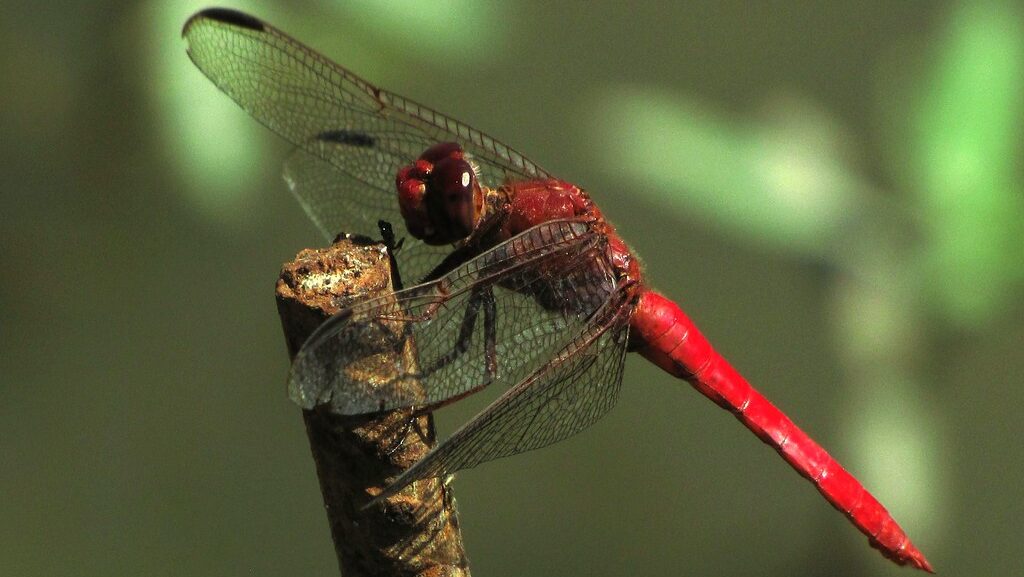
The question of whether a dragonfly is faster than a sports car reveals the fascinating intersection of biology and technology. While sports cars maintain the advantage in absolute speed, insects demonstrate remarkable capabilities when we consider the full picture of locomotion—from energy efficiency to maneuverability. Their evolutionary adaptations have produced movement systems that, scaled to human dimensions, would far outstrip our most advanced vehicles. As we continue developing faster transportation technologies, the humble insect offers both inspiration and a reminder of nature’s engineering prowess. Perhaps the most valuable insight from this comparison is not determining a winner, but appreciating how different evolutionary pressures and design constraints have produced such remarkable solutions to the challenge of high-speed movement—whether through millions of years of natural selection or decades of human innovation.

